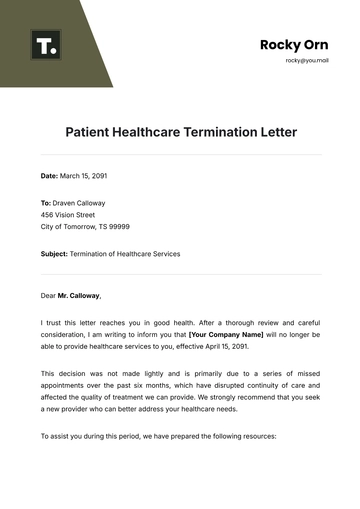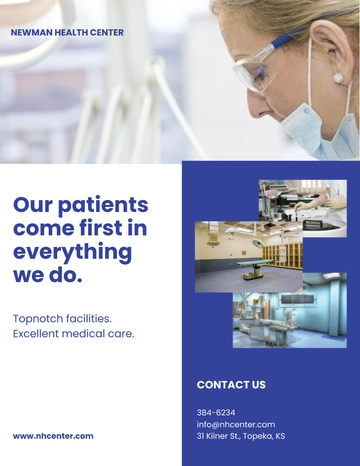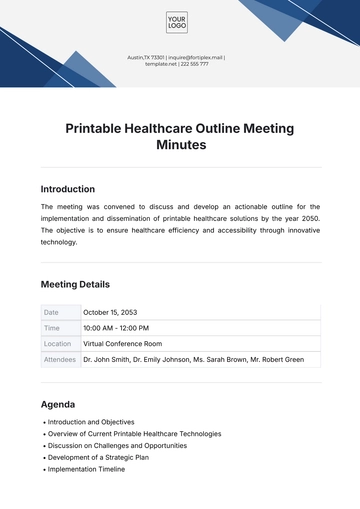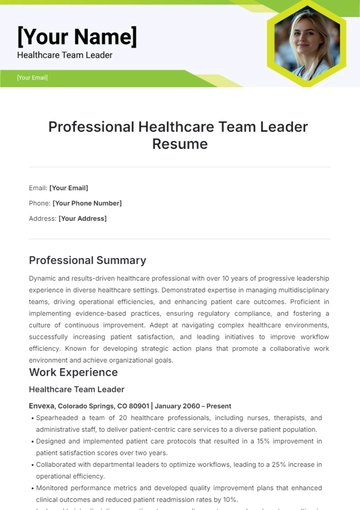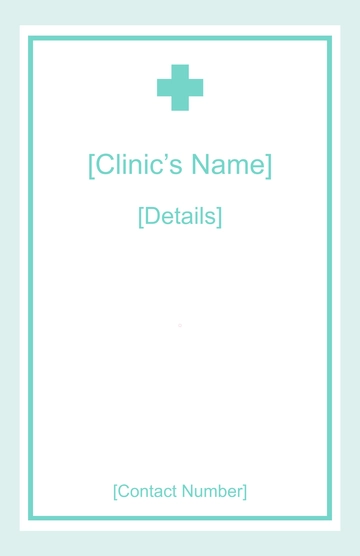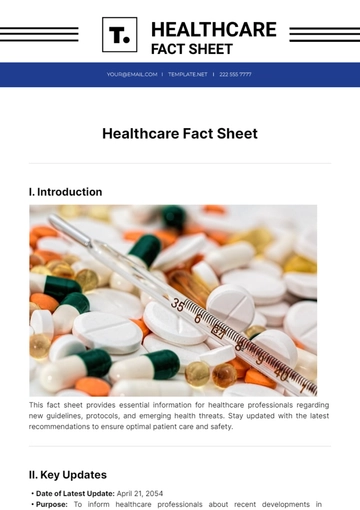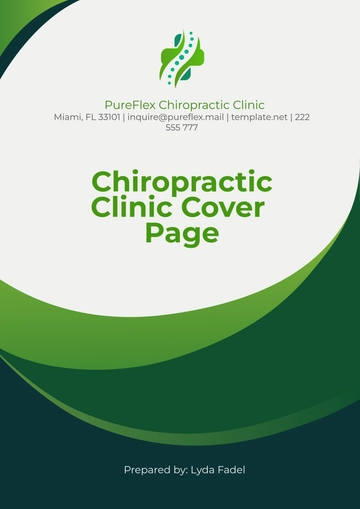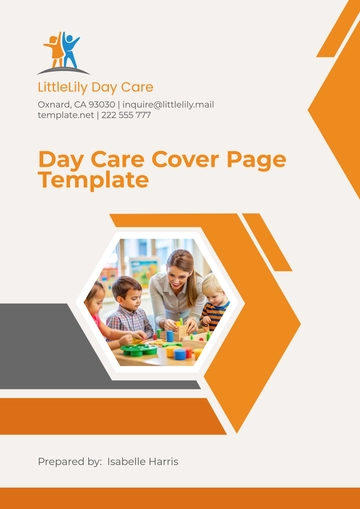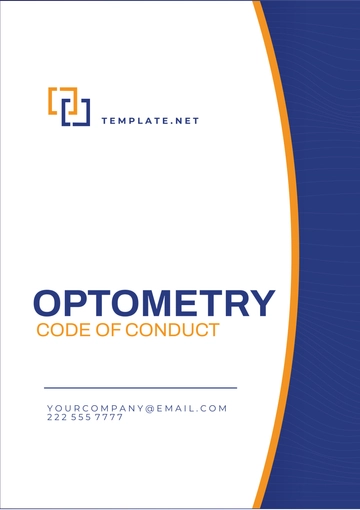Free Occupational Therapy Case Study

I. Introduction
This case study examines the occupational therapy intervention for [PATIENT NAME], a [AGE] female with a traumatic brain injury (TBI) resulting from a car accident. The study focuses on evaluating the effectiveness of the intervention program, identifying areas for improvement, and implementing quality improvement initiatives to enhance patient outcomes and satisfaction.
II. Objectives
Evaluate the effectiveness of the occupational therapy intervention in improving Sarah's functional independence and quality of life.
Identify areas for improvement in the intervention program based on assessment findings and patient feedback.
Implement targeted quality improvement initiatives to address identified areas for enhancement and optimize the delivery of occupational therapy services.
III. Patient Information
Attribute | Information |
|---|---|
Name | [PATIENT NAME] |
Age | [AGE] |
Gender | Female |
Condition | Traumatic brain injury (TBI) resulting from a car accident |
Date of Admission | March 15, 2050 |
IV. Background
[PATIENT NAME] sustained a severe traumatic brain injury in a car accident three months ago. She experiences cognitive deficits, including memory impairment and difficulty with executive functioning. Additionally, [PATIENT NAME] struggles with physical impairments, including decreased strength and coordination in her right arm and leg.
V. Occupational Therapy Assessment
Initial Assessment Findings:
Assessment Category
Findings
Functional Status
[PATIENT NAME] struggles with daily activities like dressing, grooming, and meal preparation, and has mobility and coordination issues.
Strengths and Limitations
Despite her limitations, [PATIENT NAME] demonstrates motivation and willingness to participate in therapy.
Occupational Performance Areas Affected
[PATIENT NAME] has memory and executive functioning deficits, weakened strength and coordination in her right arm, and struggles with mobility.
Assessment Tools Used:
Canadian Occupational Performance Measure (COPM) to identify and prioritize Sarah's goals.
Functional Independence Measure (FIM) to assess Sarah's level of independence in ADLs.
VI. Intervention Plan:
Goals:
Short-term goals: Improve [PATIENT NAME]'s dressing independence by 50% within 4 weeks.
Long-term goals: Increase [PATIENT NAME]'s upper extremity strength and coordination to facilitate independence in functional tasks within 8 weeks.
Intervention Strategies:
ADL training focuses on compensatory techniques and task simplification.
Upper extremity strengthening exercises using resistance bands and therapeutic activities.
Cognitive rehabilitation exercises targeting memory and executive functioning.
Environmental modifications to enhance safety and accessibility.
Frequency and Duration of Sessions:
[PATIENT NAME] receives occupational therapy three times per week for 60-minute sessions.
VII. Progress Notes
[PATIENT NAME] has demonstrated gradual improvement in dressing independence, successfully donning a shirt with minimal assistance.
She has shown increased strength and coordination in her right arm, enabling her to grasp objects with greater control.
Challenges encountered include fatigue during therapy sessions and occasional frustration with cognitive tasks.
VIII. Outcome Measures
Re-assessment Findings:
Outcome Measure
Improvement
Achievement
Dressing Independence
70% improvement
Exceeded goal
Upper Extremity Strength and Coordination
30% improvement
Progress made
Patient Feedback:
[PATIENT NAME] expresses satisfaction with therapy services and reports feeling more confident in performing daily tasks.
She notes improvements in memory and attention since beginning therapy.
IX. Program Evaluation:
Evaluation Criteria:
Evaluation Criteria
Outcome
Effectiveness of Intervention
Positive outcomes were observed in dressing independence and upper extremity function.
Achievement of Therapy Goals
Goals were met or exceeded within the specified timeframes.
Patient Satisfaction
[PATIENTS NAME] reports high satisfaction with therapy services and perceived improvements in daily functioning.
Analysis of Results:
Successes include significant improvements in dressing independence and upper extremity function.
Areas for improvement include addressing fatigue management strategies during therapy sessions and enhancing cognitive interventions.
Recommendations:
Implement fatigue management techniques such as pacing and energy conservation strategies during therapy sessions.
Enhance cognitive interventions with additional structured tasks targeting executive functioning.
X. Quality Improvement Initiatives
Implementation Plan:
Introduce fatigue management protocols into therapy sessions, including scheduled breaks and pacing techniques.
Expand cognitive rehabilitation program to incorporate more structured activities targeting executive functioning.
Staff Training and Education:
Conduct training sessions for therapists on fatigue management strategies and cognitive rehabilitation techniques.
Provide continuing education opportunities on evidence-based interventions for TBI rehabilitation.
Monitoring and Evaluation:
Regularly monitor Sarah's progress and adjust interventions as needed based on ongoing assessment.
Review patient feedback and outcomes to assess the effectiveness of quality improvement initiatives.
XI. Conclusion
[PATIENTS NAME]'s case highlights the effectiveness of occupational therapy interventions in promoting functional independence and improving quality of life following a traumatic brain injury. By implementing targeted strategies and continuously evaluating outcomes, healthcare organizations can enhance the delivery of occupational therapy services and optimize patient outcomes.
Prepared By:
[Your Name]
[Your Company Name]
[Date]
- 100% Customizable, free editor
- Access 1 Million+ Templates, photo’s & graphics
- Download or share as a template
- Click and replace photos, graphics, text, backgrounds
- Resize, crop, AI write & more
- Access advanced editor
Empower occupational therapy success stories with Template.net's Occupational Therapy Case Study Template. Designed for therapists and healthcare professionals, this editable and customizable template simplifies your case study creation process. With our Ai Editor Tool, personalize your content effortlessly, ensuring your occupational therapy case studies resonate with empathy and expertise.








